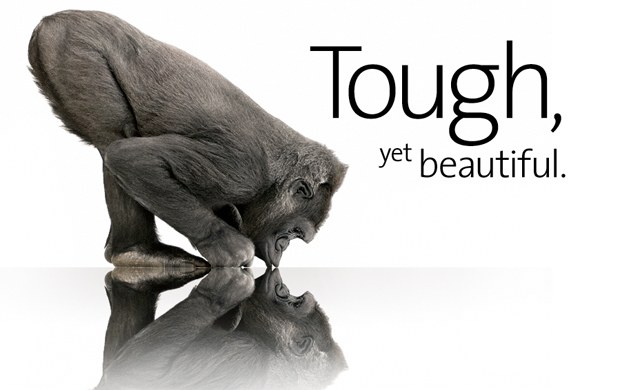
Corning Gorilla Glass is one of the most popular types of glass uses for electronic devices. Everything from cell phones to laptops to even some televisions use Gorilla Glass to ensure that their screens are protected from scratches, cracks, or any other type of damages. However, even though we all know what Gorilla Glass, there are some aspects of it that are a little less known. Here are a few things you might not know about Corning Gorilla Glass.
It was started back in the 1960s.
Even though Gorilla Glass may seem like a very new, modern invention, the beginnings of it actually go back to the 1960s, when Corning was working on chemically strengthening glass as a part of a project called “Project Muscle.”
It’s been used in racing cars in the past.
After the initial version of Gorilla Glass was created during the 60s, it was used in many different products, mainly commercial and industrial appliances but also for means of transportation, both automotive and aviation. In fact, Gorilla Glass was reportedly used in one hundred 1968 Dodge Dart and Plymouth Barracuda racing cars in order to minimize their weight.
Can be found in over one billion phones.
While I knew Gorilla Glass was popular, I guess didn’t just how popular it truly was. It can be reportedly found in not hundreds of millions of mobile phones but over one billion. And that’s just phones. With the amount of other devices that use Gorilla Glass, the total number of products could be somewhere closer to two billion.
How it’s made and where it’s made.
Although we technically use Gorilla Glass every day by making phone calls, texting, or working on our laptops, do any of us even really know how or where it’s made? (I know I didn’t.) For the record, I’m not really a science guy, so stay with me here, but it turns out the Gorilla Glass is created through ion exchange. The glass is essentially dunked in molten potassium salt (at 750°F), and the smaller sodium ions leave the glass and are replaced by larger potassium ions, which make the glass so resistant to damage. Additionally, Gorilla Glass can also be recycled, and it is made all across the globe, with manufacturers in Kentucky, Japan, and Taiwan.
Photo via DailyTech
